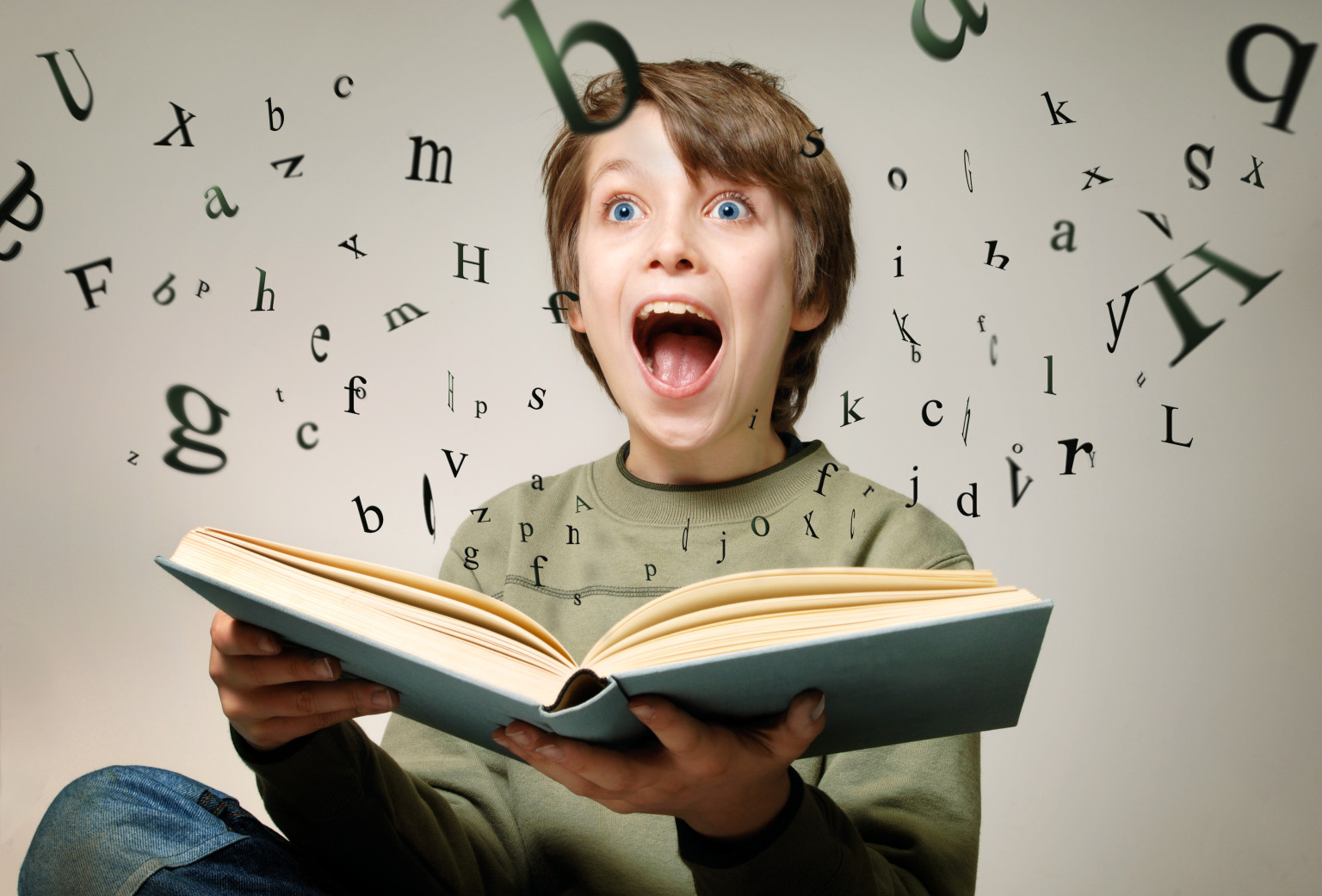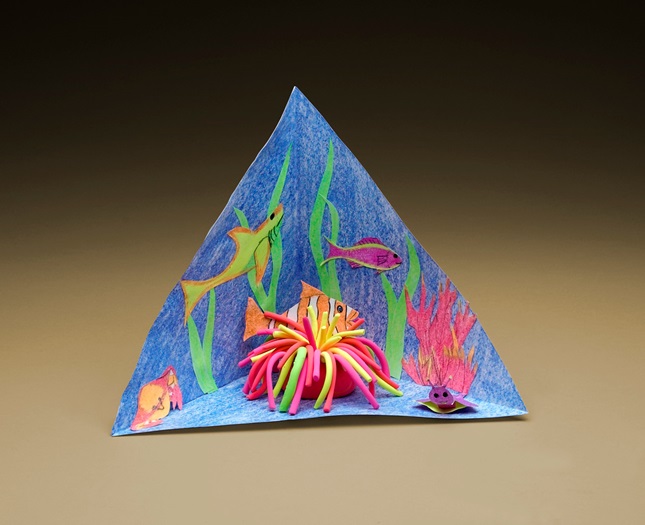
This activity works well with a video clip linked to culture or festivals – so a party, an event , a festival, a journey through the target language country, a visit to a famous place or town in the target language country.
At the start of the year it is a great activity to use with moving on learners to revisit familiar language and take a tour around the taret language country or set the scene for the academic year's learning with a cultural focus.
So select your video clip stimulus material!
Watch the clip carefully and select the key words (nouns,adjectives, verbs will all work well here!)
It's a game that I have played lots of times with all age groups of learners.Works well with adult learmers too.
You can revisit know language, practise new language or investigate unknown language using a bilingual dictionary first .....
Game One
Give each child five word cards. Each word is a noun of an object, place, person or building they will see in the video.
Ask the children to watch the video clip and pick up a specific word card and wave it when they think they have seen one of the five words they have in front of them.
Ask the children to then share their order of the written words cards with a partner, by saying them in the order they have placed them and as they observed them appear on the video clip
Game Two
Working in pairs give them all the noun cards. The object of the game is to place the nouns face down in a pile when they see that object. Each partner should be holding 9 cards or have 9 cards face upwards on the table so that they can see the words. When they see one of their objects , they place the correct word card in a growing pile of cards.
After they have watched the whole video clip, they should compare the words in their pile with those of another pair. They must carefully pick up the pile. Turn it face up and take it in turns to read the noun at the top of the pile. Once read they should put this word at the bottom of the pile. Do both pairs have the cards in the same order?
Report back
Can the pairs now create a tourist information report using the phrase e.g. “ A Paris il y a + nouns” in their pile , in the order they saw the places and objects etc.
Volunteer pairs to say their “Tourist information report” to the class.












































